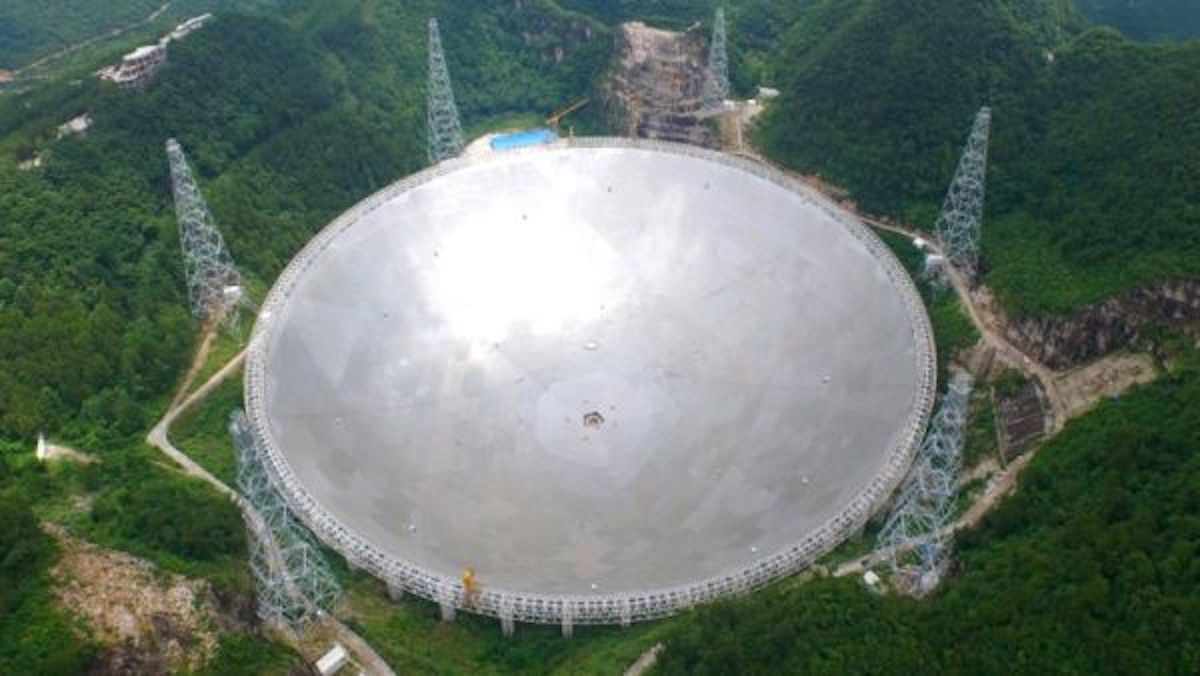China has begun a second phase of construction to improve the capabilities of what is already the world’s largest single-dish radio telescope.
The Spherical telescope with an aperture of five hundred meters (FAST), located in a karst area in Guizhou, southwest China, has been operational since January 2020. But now a second phase will add 24 new movable radio telescopes, each with a diameter of 40 meters. Construction officially began on September 25, the eighth anniversary of FAST’s completion.
This expansion, called the FAST Core Array, aims to take advantage of the “quiet” electromagnetic environment within a 5-kilometer radius of the telescope, according to China Central Television (CCTV). The location was originally chosen because of the remoteness and natural topography of the area. When combined into an array, the new telescopes will improve resolution and detection capabilities.

The plan aims to allow scientists to conduct deeper research in several areas, including gravitational wave events, fast radio bursts, supernovae and tidal disruptions caused by black holes.
It will also contribute to space situational awareness, detection of small objects in the solar system, communication and control of deep space probes and other areas, a statement said. paper on the Array.
Related: China opens the world’s largest radio telescope to international scientists
was FAST completed in 2016 and became fully operational in early 2020. So far it has detected more than 900 pulsars, or rapidly spinning neutron stars. The massive facility is also open to research requests from international scientists and teams since the beginning of 2021.



